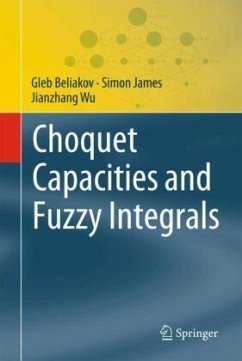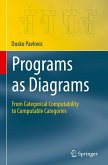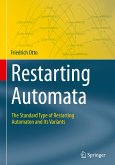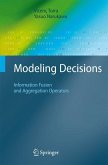Choquet capacities, which provide the weighting mechanism for the Choquet and other fuzzy integrals, model synergistic and antagonistic interactions between variables by assigning value to all subsets rather than individual inputs.
While the flexibility of capacities (also referred to as fuzzy measures and cooperative games) comes at the expense of an exponentially increasing number of parameters, the ability to explain their behavior using various value and interaction indices makes them appealing for applications requiring transparency and interpretability. As well as a number of useful indices that in some way capture the extent to which positive and negative interactions occur, significant progress has been made in addressing the scalability issues that arise in applications. This book provides a detailed overview of the background concepts relating to capacities and their role in fuzzy integration and aggregation, then presents specialised chapters on most recent results in learning, random sampling and optimization that involve Choquet capacities.
Topics and features:
· Fundamentals of Choquet capacities (fuzzy measures) and their use in modeling importance and interaction between variables
· Definitions, properties and mappings between alternative representations that allow capacities and fuzzy integrals to be interpreted and applied in different settings
· Various simplification assumptions, from k-additive, p-symmetric and l-measures to more recent concepts such as k-interactive and hierarchical frameworks
· Capacity learning formulations that allow the diverse types to be elicited from datasets or according to user-specified requirements
While the flexibility of capacities (also referred to as fuzzy measures and cooperative games) comes at the expense of an exponentially increasing number of parameters, the ability to explain their behavior using various value and interaction indices makes them appealing for applications requiring transparency and interpretability. As well as a number of useful indices that in some way capture the extent to which positive and negative interactions occur, significant progress has been made in addressing the scalability issues that arise in applications. This book provides a detailed overview of the background concepts relating to capacities and their role in fuzzy integration and aggregation, then presents specialised chapters on most recent results in learning, random sampling and optimization that involve Choquet capacities.
Topics and features:
· Fundamentals of Choquet capacities (fuzzy measures) and their use in modeling importance and interaction between variables
· Definitions, properties and mappings between alternative representations that allow capacities and fuzzy integrals to be interpreted and applied in different settings
· Various simplification assumptions, from k-additive, p-symmetric and l-measures to more recent concepts such as k-interactive and hierarchical frameworks
· Capacity learning formulations that allow the diverse types to be elicited from datasets or according to user-specified requirements








